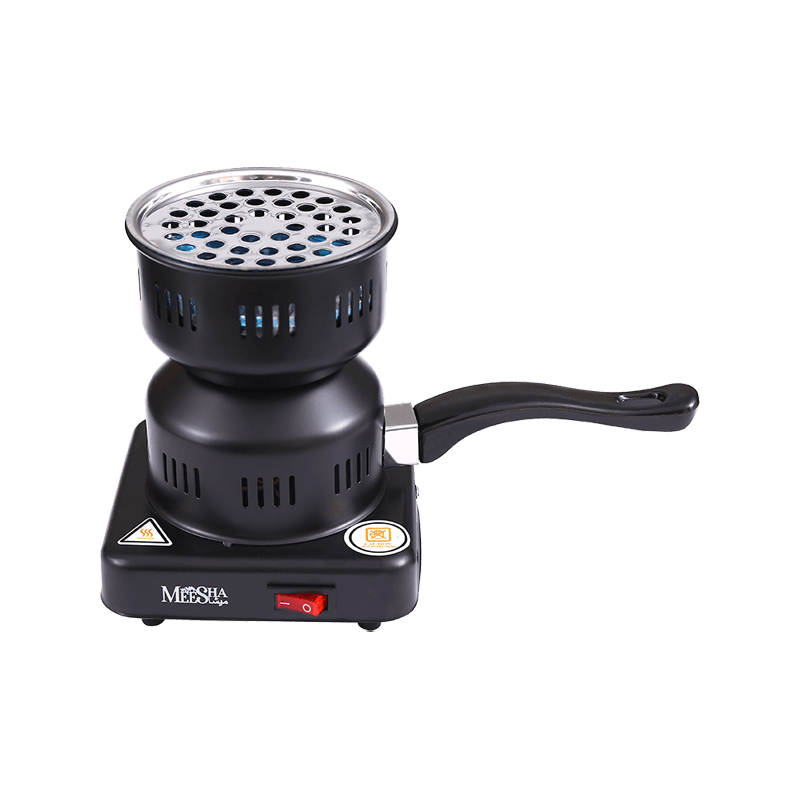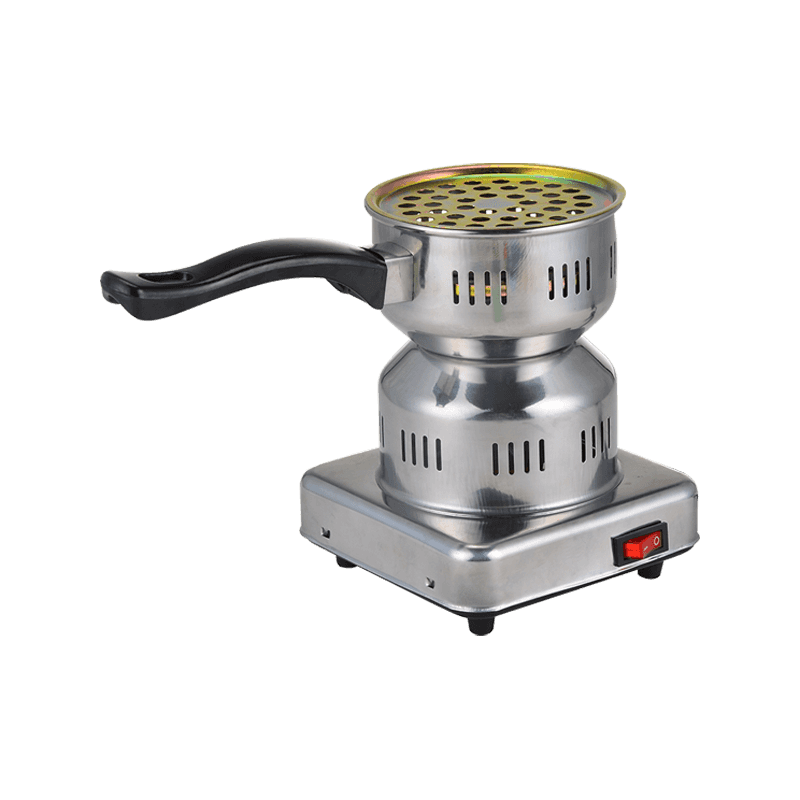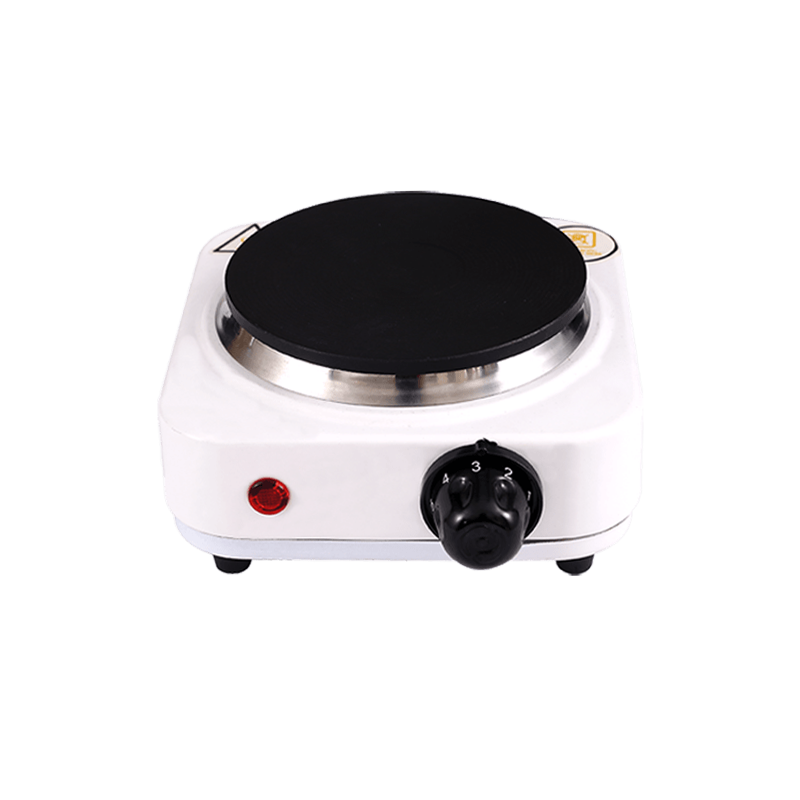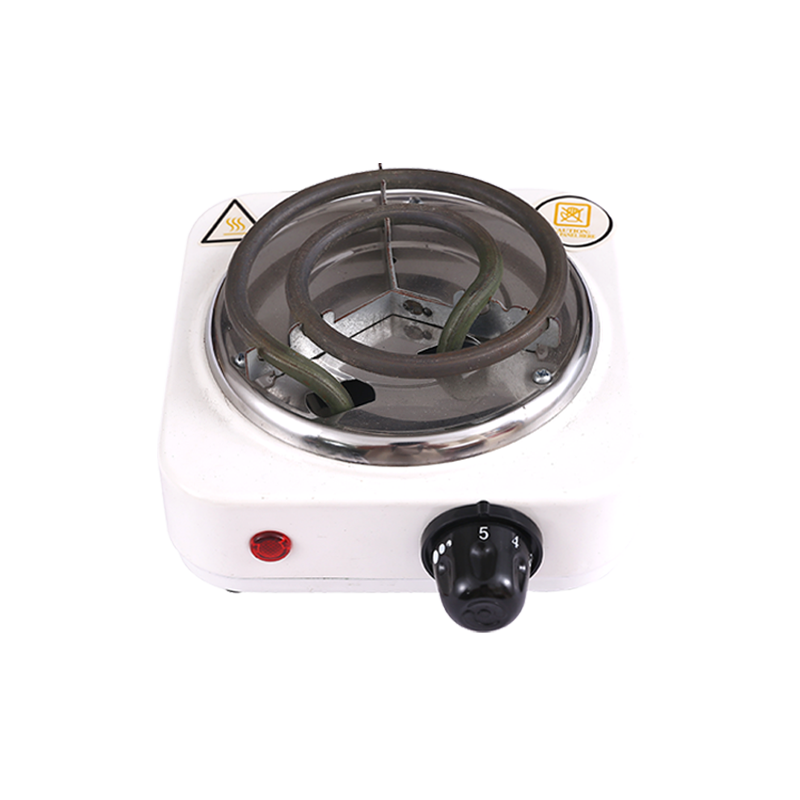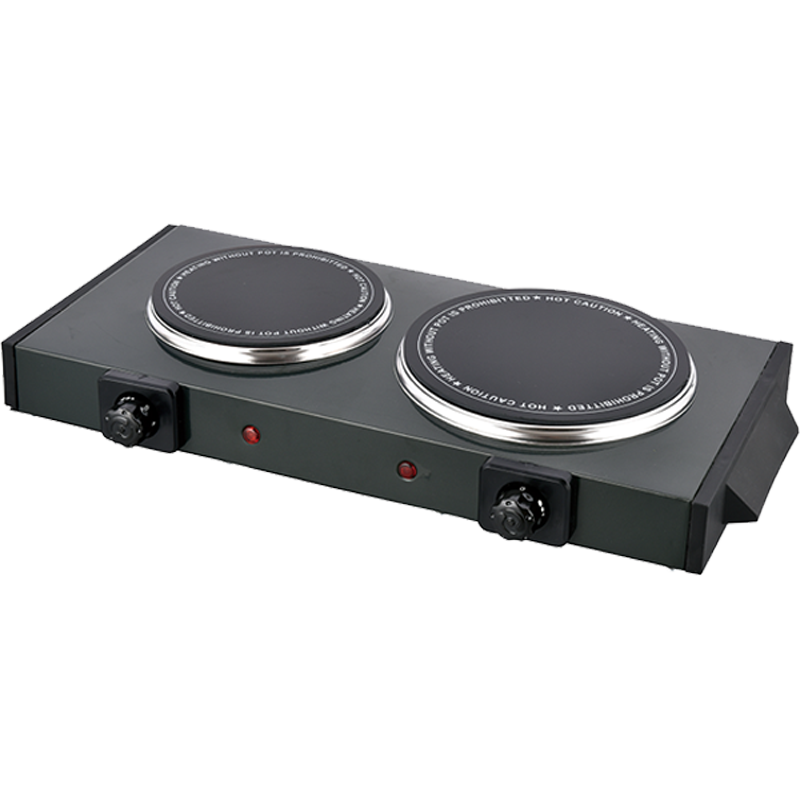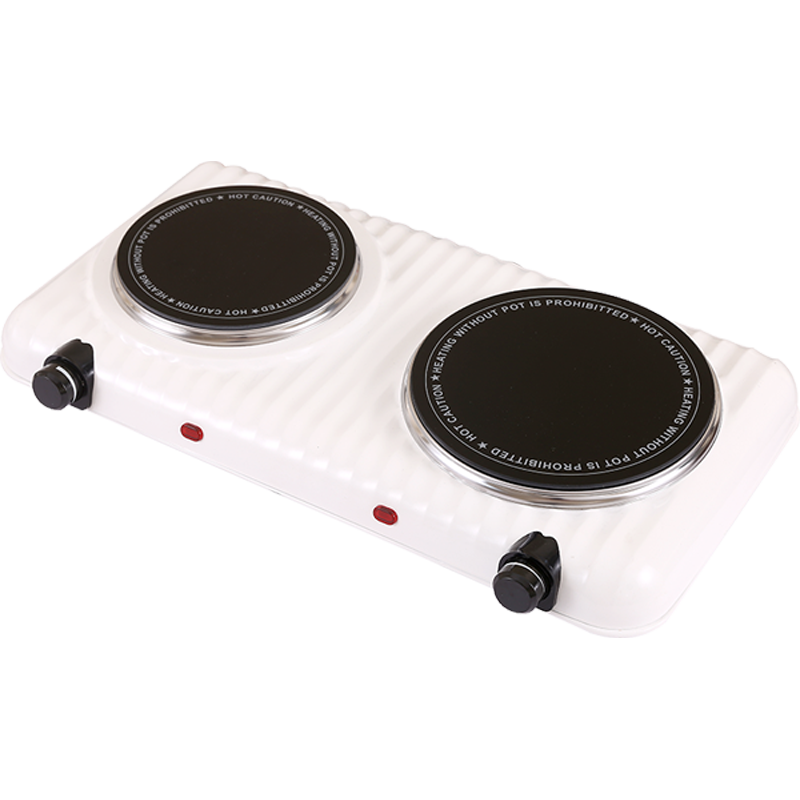+86-579-87253168
Modern kitchens are constantly evolving, and the infrared hot plate is at the center of ongoing discussions about effective cooking technologies. Home cooks and culinary professionals alike often compare radiant technology with induction systems, weighing the strengths and differences to determine which option suits their needs best. Both approaches are known for fast heating and energy-aware design, but they operate in fundamentally different ways.
Radiant elements use specially designed quartz or ceramic components that emit infrared waves when electricity is applied. These waves directly heat the surface of pots and pans, turning energy into cooking power without letting much escape into the surrounding air. Traditional coil burners, by contrast, must first heat the coil, then transfer energy through the pan's base, which results in more energy loss. Induction technology generates a magnetic field that excites compatible metals within cookware, creating heat directly in the pan itself—but only if the pan is made of or contains ferrous material.
Recent advancements have made radiant appliances more appealing. Modern units use sensors to monitor surface temperature in real time, allowing for more accurate power control. Digital timers, auto shut-off features, and heat indicators add layers of safety while supporting energy efficiency. Some households report reduced electricity use after switching to radiant options for daily cooking.
Another advantage is better heat containment. Radiant elements deliver energy directly to cookware rather than heating the air around them. In warm climates or compact kitchens, this can reduce strain on air conditioning and help manage indoor temperature. This is especially beneficial for small homes or apartments where space and comfort are closely connected.
Radiant cooktops are also versatile in terms of cookware compatibility. They work with a wide range of materials including glass, ceramic, aluminum, copper, and cast iron. In contrast, induction cooktops require magnetic cookware, which may exclude some favorite pots or specialty items. For those who don't want to replace their existing kitchenware, radiant technology offers a more adaptable solution.
In terms of energy conversion, induction systems are known for directing a high percentage of electricity into the pan. Radiant systems are slightly lower on this scale but still perform more efficiently than traditional coil designs due to better focus and less standby loss. For most daily tasks like simmering or boiling, the difference is minimal, especially with well-designed reflectors and responsive controls.
Temperature responsiveness is another comparison point. Induction systems react quickly to adjustments, which is helpful for delicate cooking methods. Radiant models respond with a slight delay, but modern sensor-equipped versions narrow this gap enough for everyday use. Most home cooks adapt easily to the difference.
For those in small homes, studios, or mobile setups, radiant plates offer added benefits. Many models are low-wattage, making them suitable for homes with limited electrical capacity or off-grid living. They operate quietly, which is ideal for shared spaces or late-night use, and without open flames, they avoid concerns related to indoor air quality or fire safety.
Maintenance is relatively simple. Smooth glass-ceramic surfaces are easy to wipe clean, and sealed components resist spills or overflows. Without fans or complex internal coils, the devices produce minimal noise and have fewer parts that can wear out, often leading to longer service life.
There's also visual appeal. The minimalist design of radiant cooktops pairs well with modern kitchen aesthetics. Many units can be installed flush with the counter, keeping surfaces uncluttered. For renters or people who move frequently, portable models offer convenience without permanent installation.
Health and cooking quality are additional considerations. Even heat helps reduce the chance of undercooked areas, and stable temperatures can preserve the texture and nutrients of ingredients. Quiet operation supports a more relaxed environment, allowing for mindful cooking and conversation.
While no single appliance fits every preference, infrared hot plates provide a practical combination of flexibility, reliability, and energy-awareness. As technology continues to improve, these cooktops are likely to remain a strong choice in modern culinary setups. Whether you're working with limited space, looking to optimize energy use, or seeking versatility in cookware, radiant heating deserves a place in the conversation about contemporary cooking tools.




 عربى
عربى